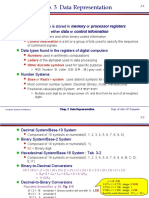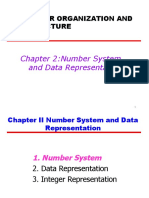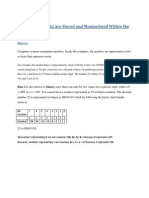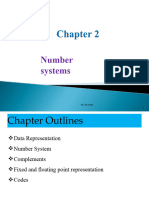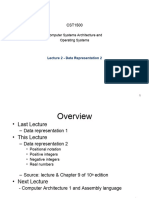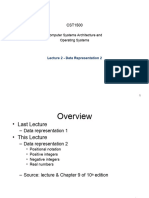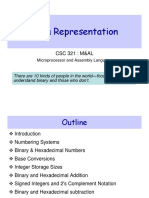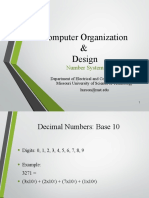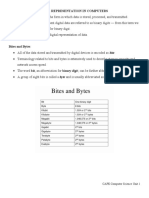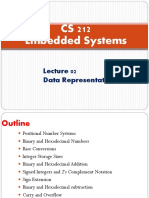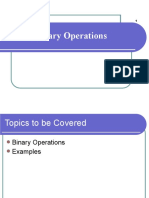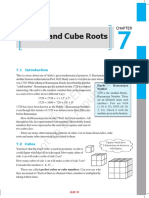0% found this document useful (0 votes)
51 views34 pagesLecture 2 3 Number System
The document discusses various number systems used in computers including binary, decimal, hexadecimal and their conversions. It also covers topics like signed and unsigned integers, floating point representation, character representation using ASCII and storage of numeric values.
Uploaded by
ZepoxCopyright
© © All Rights Reserved
We take content rights seriously. If you suspect this is your content, claim it here.
Available Formats
Download as PPTX, PDF, TXT or read online on Scribd
0% found this document useful (0 votes)
51 views34 pagesLecture 2 3 Number System
The document discusses various number systems used in computers including binary, decimal, hexadecimal and their conversions. It also covers topics like signed and unsigned integers, floating point representation, character representation using ASCII and storage of numeric values.
Uploaded by
ZepoxCopyright
© © All Rights Reserved
We take content rights seriously. If you suspect this is your content, claim it here.
Available Formats
Download as PPTX, PDF, TXT or read online on Scribd
/ 34








